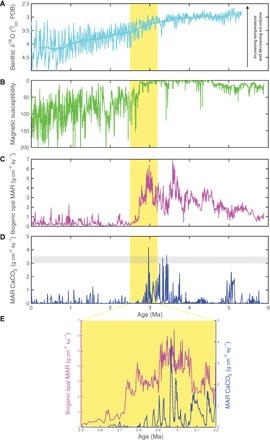Fig. 1. Changes in Northern Pacific climate over the last 6 million years.

(A) Benthic δ18O record (62) showing glacial cycles in global ice volume and deep-ocean temperature with smoothed trend line superimposed. PDB, Pee Dee Belemnite. (B) Magnetic susceptibility of ocean sediments at ODP Site 882 (8) in the subarctic Pacific (see Fig. 3 for site location). This nondimensional variable increases in the presence of ice-rafted debris from Northern Hemisphere glaciers. (C) Biogenic opal (8) and (D) CaCO3 mass accumulation rates (MAR) at ODP Site 882 (11). The light gray line in (D) indicates the range in high-latitude North Atlantic, Holocene CaCO3 accumulation from International ODP Site U1313 (63). (C and D) These data indicate that, during parts of the Pliocene, the North Pacific was both opal- and carbonate-rich, requiring that the previously noted vertical exchange supplying silicate to surface waters also included vertical mixing that reached to the seafloor at the core site (3244 m). (E) Focusing in on the 2.73-Ma transition, CaCO3 starts to decline before the opal flux, with discrete peaks that decline in amplitude until the sediments were essentially CaCO3-free. This signals a decline in the depth of winter deep convection events over a period when wintertime surface/subsurface exchange was still adequately great to import high concentrations of silicate to the surface.
